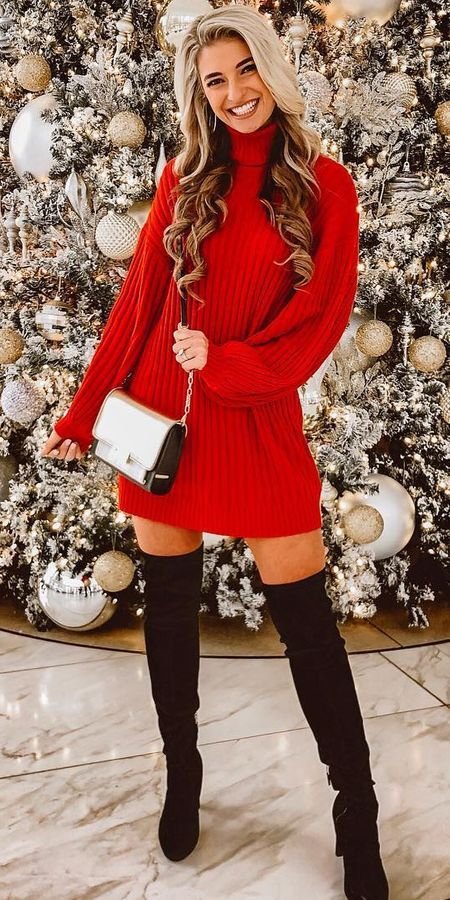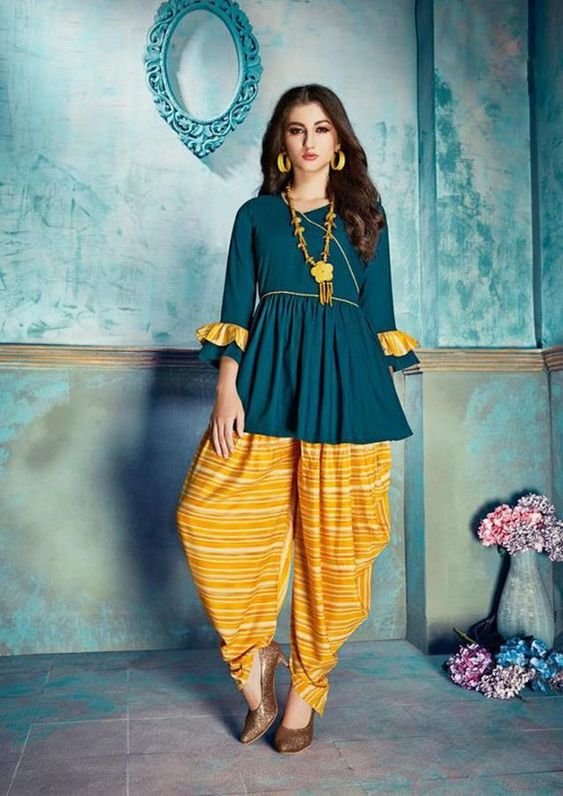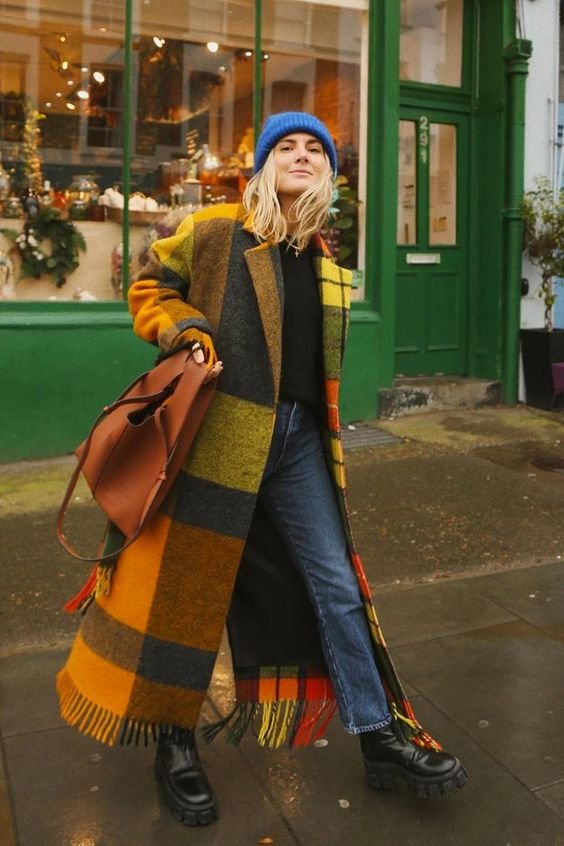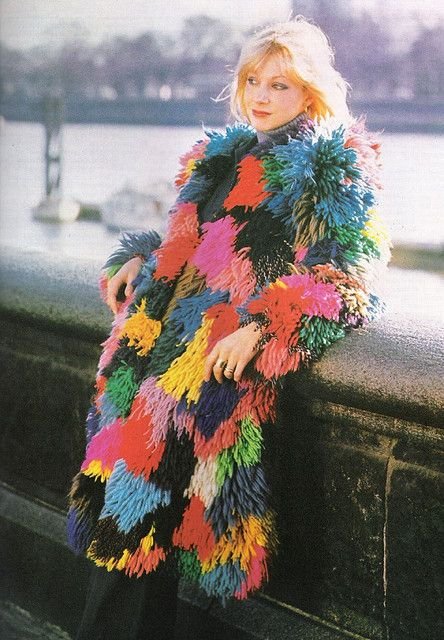Color is one of the most challenging things to measure in fashion. So, how do businesses and designers work with colors and reach the heart of their customers? The solution is driven by seasonal or “subjective” Fashion Color trends.
“Color is the mother language of the subconscious,” declared Sigmund Freud colleague Carl Jung.
The purpose of color in a costume is to create a pleasing combination. Finding effective color combinations in materials is difficult that are pleasant and complement each other.
Let’s take a look here how colors work in the world of fashion.
- Color Psychology in Fashion Designing

Color psychology is the study of colors as determinants of human behavior. Fashion Color is undeniably the first thing people notice. The color of your outfit impacts an excellent first impression. For example, wearing a particular color consistently tells something about your personality.
That is why fashion designers choose colors wisely based on an easily remembered scheme, such as seasons. Summer and autumn colors are considered less vibrant than winter and spring hues.
Yellow and green are cheerful spring colors, whereas pastel blue and pink are more subdued. Red and blue are traditional color combo. Each is stunning in its way.
Bright colors work nicely together, too, like cobalt and turquoise. Designers also pair purple with white or grey with pale pink for a sophisticated look.
- Color & Culture

Colors have deep association with national or political parties, faiths, sports teams, schools, or other notable organizations. Moreover, all festival colors are the examples of what is referred to as cultural.
Because there are various factors to consider, it is essential to examine the cultural features of color. Using the colors yellow and red together, for example, makes you look too much like a McDonald’s employee.
In many cases, it’s simple to avoid the color combination of red and green. Many individuals choose to avoid just representing Christmas, even during the holidays. They also have religious overtones, which is why they are frequently avoided.
When creating your color palette, keep in mind the cultural context in which it will be used.
For example, the color black may symbolize death in Western, Japanese, and Native American cultures; nevertheless, white is often used to represent death in Hindu and Chinese civilizations.
- Color Trends
First and foremost, choose your colors carefully. Employ color schemes appropriate for your target audience, the message you’re attempting to deliver, and the overall atmosphere you’re trying to convey.
Keeping these considerations in mind helps ensure that your color palette adds relevance to your fashion trends.
Consumer trends such as sustainability and simplicity may impact color trends. Green goods have been developed to keep up with the current trend of sustainability.
Apple is above the curve for its website and product packaging, mainly using white.
Most of the time, your color palette will depend on the client’s brand identity. As a starting point, use their present color palette as a guide. Consult color trend resources to add color where it’s necessary.
- Seasons’ Importance In Color Choice

Fashion designers from all around the globe make outfits for the four major seasons. They use a variety of designs and materials to achieve the desired look.
Stores typically shift their focus as the season’s change. When the temperatures drop, they stock shelves with sweaters and coats. Seasonal variations always have an impact on product demand and interest.
As the color impression is significant in the fashion designing process. The value (lightness or darkness) and intensity of the color (brightness or dullness), the proportion of different colors, the colors of the accessories, and the placement of the colors are all significant in the fashion trends designing process.
- Colors For Emotions And Feelings

Colors have emotional effects on sighted people in a variety of scenarios throughout their life. Some colors may irritate you, while others may make you feel calm and relaxed.
It all boils down to the designs of the color scheme. Colors influence a person’s emotions and behavior in several ways as White symbolizes purity and youth. The color black is often taken as evil or despair while the red is associated with love and happiness.
Yellow is a cheerful hue where the color blue represents serenity and sorrow. Furthermore, Purple is associated with wealth, mystery, and wisdom, while orange is associated with vivacity.
Wrapping it Up!
Color is a universal language. Color influences how we express emotion, identity, and our personalities. Colors in fashion are a perfect blend of science and creativity.
Thus, you must provide new ideas and breakthroughs in clothes and accessories while using all available technology.
READ NEXT: Fashion as an Important Part of entertainment
RELATED TOPICS: fashion trends






